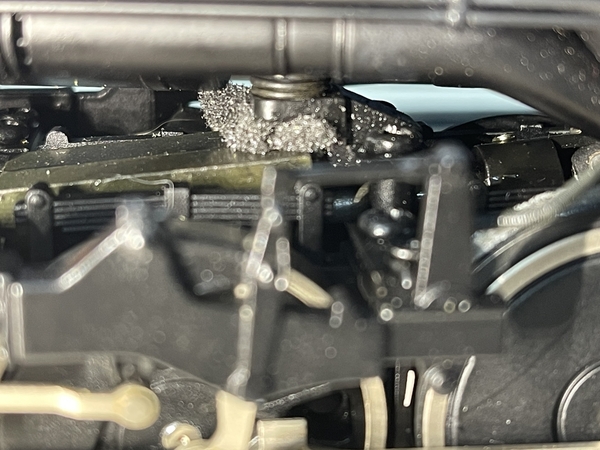@Secarider posted:When the locomotive is running, the front drive shaft hops up and down a lot, and makes noise. This is not normal operation. This locomotive was bought by my Son brand new from Trainz. He finished his layout, and this was the first time we could run it on 072 curves. The wheels, the tires and collector rollers did not show any signs of being used, when we took it out of the box. So if the front drive was removed by someone, and streached the rubber tubes it was still not run on the rails until last night. I was hoping that maybe some one had these same issues, and knew how to correct it. I will check the brakes to be sure that they are not rubbing on the tires and causing the front wheels to bind and make the drive shaft hop up and down. Thank you all so much for your advice.
Sorry to dig up an old post, but I’m wondering if you ever figured this out? I just bought the same locomotive with the same exact issue. Smooth as silk in reverse but in forward the front gearbox chatters. Just got it tonight so haven’t taken anything apart other than the bottom cover of the front gearbox to check lube.







